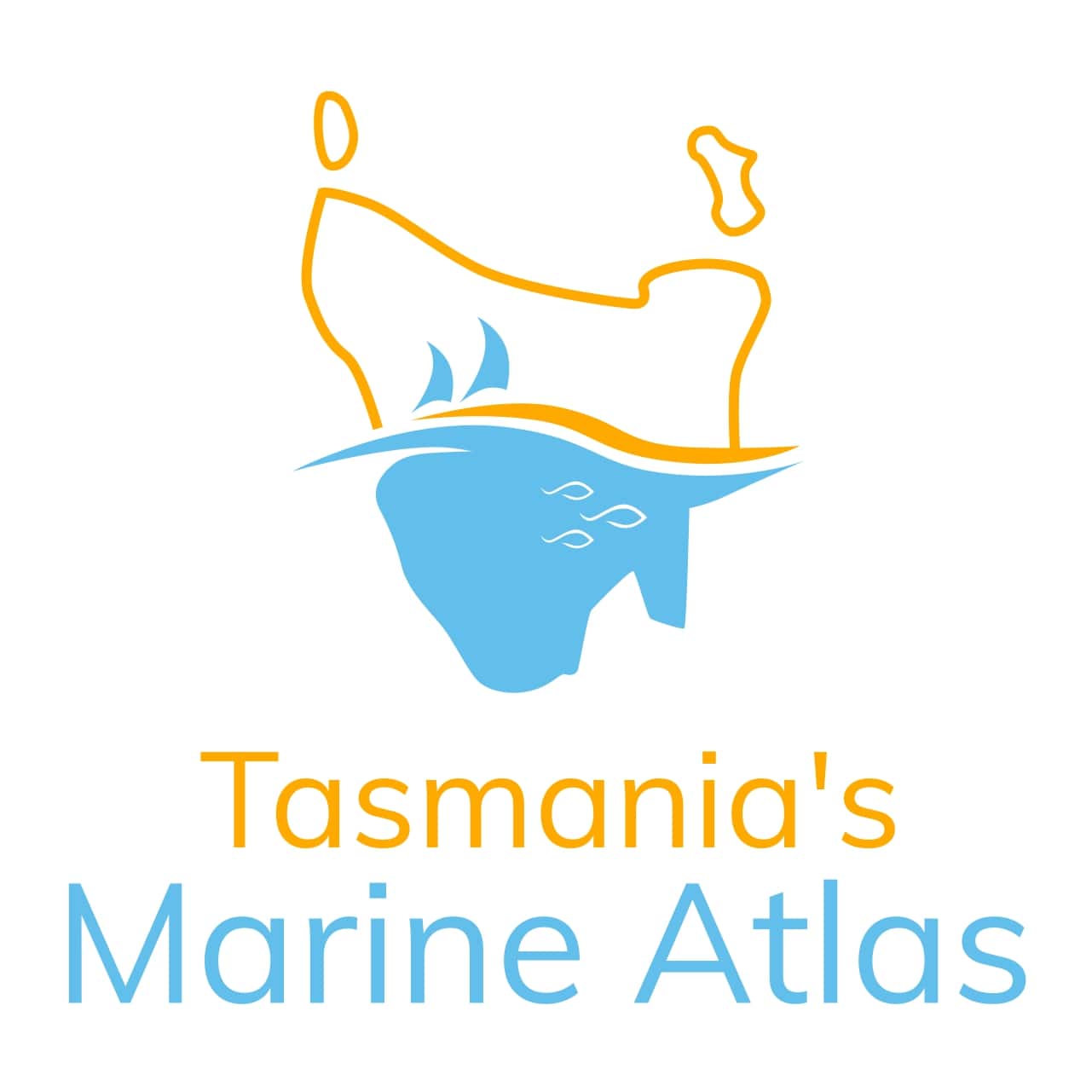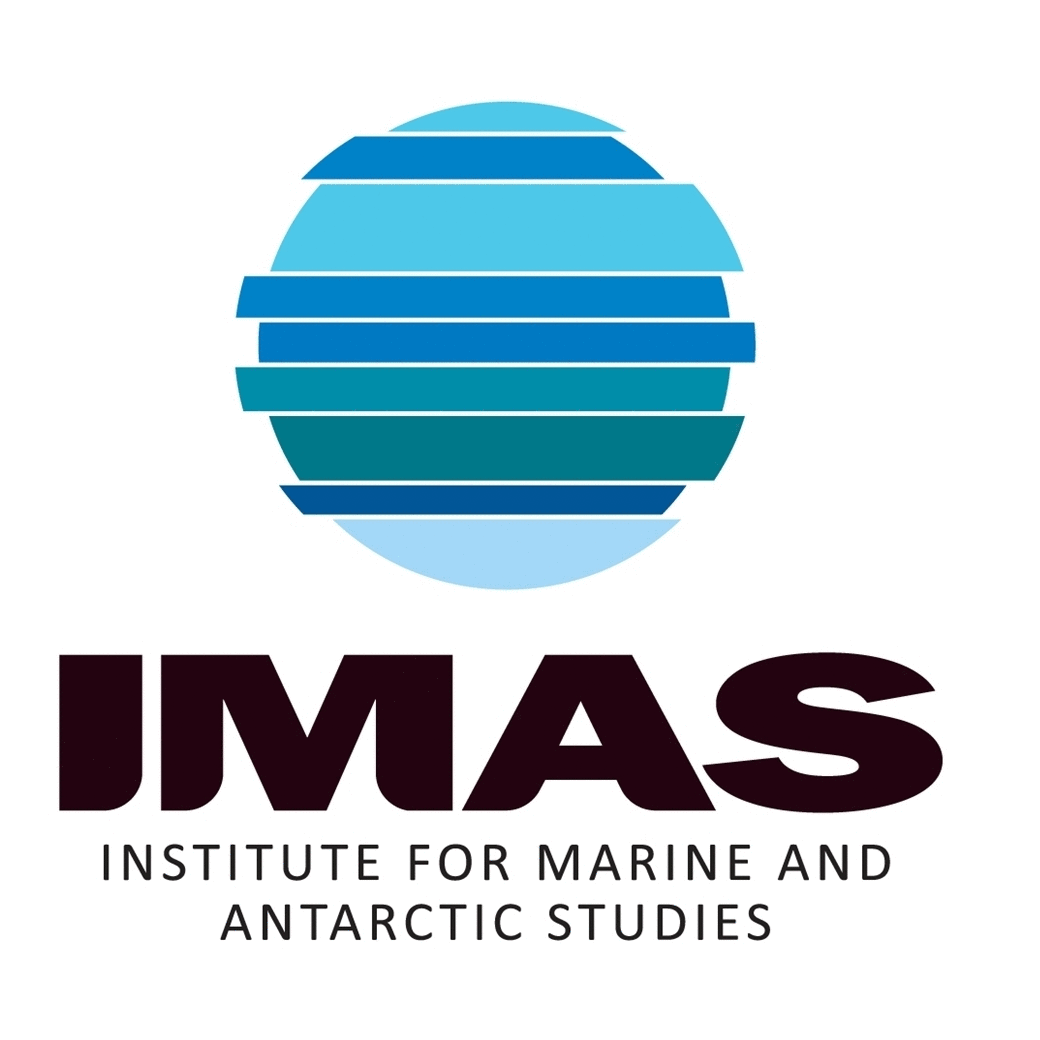Environmental Monitoring
Type of resources
Topics
Keywords
Contact for the resource
Provided by
Years
-

This dataset depicts the location of the Broadscale Environmental Monitoring Program (BEMP) sites. It was compiled from data provided by EPA Tasmania, IMAS and published reports. BEMP was initiated in 2009 by the State Government to provide knowledge and information on ecosystem function in the D’Entrecasteaux Channel and Huon Estuary. BEMPs have been developed for all marine farming regions. The objective of each program is to document (on an ongoing basis) broadscale spatial and temporal trends for key environmental parameters, allowing assessment of the environmental effects of finfish aquaculture in Tasmania. Marine farming licence conditions include participation in respective BEMPs. The BEMP program initially covered assessment of water column and sediment health at a broadscale level but has been expanded to include inshore reef, deep-reef and seagrass distribution and health. Seagrass monitoring occurs over transects. In this dataset, only the start location is displayed. Sediment sampling includes benthic infauna, stable isotopes, particle size, visual assessment, redox analysis, and sulphide measurements. Visual assessment, redox and sulphide analysis is carried out each year, while analysis of benthic infauna, stable isotopes and particle size is undertaken every four years. In the intervening years these samples are collected, preserved and retained. Water quality analytes include physico-chemical parameters (temperature, dissolved oxygen and salinity), nutrients (dissolved nutrients: ammonia, nitrate, phosphate, and silicate, nutrients: total nitrogen, total phosphorous), chlorophyll a and phytoplankton species counts. Water quality sampling is undertaken monthly from May to January and fortnightly from February to April.
-

This record provides an overview of the NESP Marine and Coastal Hub project "Advancing national standards and best practices to monitor key marine values and pressures". No data outputs were generated by this project. -------------------- Standardised approaches to marine monitoring are critical for ensuring data consistency, transparency, and comparability across time, regions, and sectors. The development and application of national standards and best practices provide the foundation for monitoring the condition of Australia’s marine estate. As pressures on the marine environment increase, so too does the need for robust, inclusive, and nationally consistent monitoring practices. This project advanced the development and implementation of national best-practice standards to monitor the condition of priority values and pressures across Australia's marine estate. It built on previous work conducted by the NESP Marine Biodiversity Hub through the release of Version 3 of the Field Manuals for Marine Sampling to Monitor Australian Waters. This version introduced three new manuals for: (1) sampling microplastics in marine and coastal environments; (2) conducting knowledge, attitudes and practices (KAP) surveys with recreational marine users; and (3) use of the Benthic Observation Survey System (BOSS), a novel multi-camera drop platform for benthic imagery. Indigenous partners contributed to the development of the KAP and BOSS manuals, laying the foundation for future Indigenous-led monitoring initiatives. The project identified key barriers to adoption of the field manuals and developed a set of recommendations, included nominating the manuals for international endorsement, establishing governance mechanisms, securing long-term funding, and identifying priorities for future SOP development, such as offshore renewable energy monitoring. All materials were aligned with the Ocean Best Practices System to facilitate national and international uptake. A practical implementation plan was developed to guide the future development and maintenance of national standards; promote their broader adoption; and assess their effectiveness and impact in delivering priority monitoring activities. Outputs • Workshop and questionnaire report gauging the needs of scientists, Indigenous communities, and marine managers [written] • Scientific publication on marine best practice development [written] • New national standards for (1) drop cameras; (2) socioeconomic surveys; and (3) microplastics studies [written] • Implementation plan (final report) [written]
-

This record provides an overview of the NESP Marine and Coastal Hub project "Ecological outcomes of wastewater discharges in contrasting receiving environments". For specific data outputs from this project, please see child records associated with this metadata. -------------------- Coastal and marine environments are increasingly exposed to pollution from land-based sources, including wastewater. With the majority of Australians living near the coast, household chemicals, pharmaceuticals, and plastics can enter the ocean via wastewater treatment plant outfalls. National policies and action plans, including Australia’s Waste Policy Action Plan, the Threat Abatement Plan for the impacts of marine debris, and the One Health Master Action Plan, all emphasise the need to incorporate emerging pollutants into contaminant guidelines. However, current monitoring programs focus on a limited set of contaminants, leaving major gaps in our understanding of the presence, concentration, and ecological effects of emerging pollutants in the marine environment. This project addressed this problem by: (1) identifying priority pollutants of concern; (2) determining concentrations of Chemicals of Emerging Concern (CEC) at a range of wastewater outfall sites with varying hydrodynamic settings; and (3) assessing where environmental impacts are likely to be greatest. It focused on five key pollutant groups: microplastics, nutrients, heavy metals, PFAS (per- and polyfluoroalkyl substances), and antimicrobials. Hydrodynamic modelling was used to evaluate residence times and pollutant dispersal in selected marine settings, and field sampling was conducted to assess contaminant levels and potential ecological impacts on the lower food web. The project built on the findings of NESP Marine and Coastal Hub Scoping Study 1.16, which identified the need for impact assessments for CECs. The project generated new knowledge to inform risk assessments of emerging contaminants in the marine environment and provides recommendations for prioritising future monitoring and investment. It also enhances access to wastewater discharge data through continued development of the National Outfall Database. Outputs • Measures of CEC (contaminants of emerging concern) and microbial community composition in water and sediment samples taken from outfall sites [dataset] • Final project report [written]
-
Trace element (TE) concentrations of juvenile Short-tailed Shearwaters collected on Great Dog Island, Tasmanian in 2017.
-
The East Antarctic Ice Sheet (EAIS) is the largest source of potential sea-level rise, containing some 19 m of sea-level equivalent. One of the well-investigated regions in East Antarctica is Law Dome, which is a small independent ice cap situated to the west of Totten Ice Shelf. The ice cap is slow-moving, has a low melt-rate at the surface and moderate wind speeds, making it a useful study site for our investigations. Radar data from Investigating the Cryospheric Evolution of the Central Antarctic Plate (ICECAP) project has good coverage over this area. A new method is proposed for the estimation of attenuation rate from radar data which is mathematically modeled as a constrained regularised l2 minimization problem. In the proposed method, only radar data is required and the englacial reflectors are automatically detected from the radar data itself. A final product of 3D attenuation rates and 3D samples count is provided for the research community in this data set.
-
Data on the type, provenance, quantity (density), and rate of accumulation of beach-washed plastic debris were recorded on Henderson Island, a remote, uninhabited island in the South Pacific during 29 May – 15 August 2015. Henderson Island is rarely visited by humans, thus debris on the islands' beaches may act as a proxy for the adjacent South Pacific Ocean. The island was found to contain the highest density of debris anywhere in the world, up to 671.6 items/m2 (mean ± SD: 239.4 ± 347.3 items/m2 on the surface of the beaches. Approximately 68% of debris (up to 4,496.9 pieces/m2) was buried <10 cm in the beach sediment. Up to 26.8 new items/m are thought to accumulate daily.
-
In situ time-lapse photography was used to characterise movement and feeding preferences of the Pacific crown-of-thorns starfish (Acanthaster cf. solaris) in the northern and southern Great Barrier Reef in 2015. This record describes the data accompanying the publication (in press): Homing behaviour by destructive crown-of-thorns starfish is triggered by local availability of coral prey. Data files are: 1) CoTS movement and behavioural observations 2) CoTS individual movement tracks (per image) from time-lapse photography 3) feeding electivity on coral species by CoTS from time-lapse photography
-
Coral community transect data collected concurrent with coral disease surveys in in the vicinity of Hoga Island in the Wakatobi Marine National Park, Sulawesi, Indonesia. Three replicate 20 m transects were collected by divers in each of reef flat, crest and slope habitats in 2005 (four sites, point intersect transect data), 2007, 2010 and 2011 (all six sites, line intersect transect data). For further detail see: Haapkylä, J., A. S. Seymour, J. Trebilco, and D. Smith. 2007. Coral disease prevalence and coral health in the Wakatobi Marine Park, south-east Sulawesi, Indonesia. Journal of the Marine Biological Association of the UK 87:403. Haapkylä, J., R. Unsworth, A. Seymour, J. Melbourne-Thomas, M. Flavell, B. Willis, and D. Smith. 2009. Spatio-temporal coral disease dynamics in the Wakatobi Marine National Park, South-East Sulawesi, Indonesia. Diseases of Aquatic Organisms 87:105–115. Haapkylä, J., J. Melbourne-Thomas, and M. Flavell. 2015. The association between coral communities and disease assemblages in the Wakatobi Marine National Park, south-eastern Sulawesi, Indonesia. Marine and Freshwater Research.
-
Two OneTemp HOBO pressure data loggers were installed at the Seaport Marina in central Launceston in June 2014 by Dr Ian Kidd, measuring water depth at 1-hr intervals as well as water temperature. Depth is calculated from temperature, total pressure, and barometric pressure, based on fresh water density. The height of the gauge relative to AHD was measured 23 March 2018 by Launceston City Council surveyor Leigh Cornwell, and a correction applied to the data to give water level in metres AHD. The gauge was installed for the purpose of Dr Kidd's PhD research into sediment transport processes in the upper Tamar, and remains open with data collected monthly by Karen Palmer (IMAS honours student). Both projects were supervised by Dr Andrew Fischer.
-
The National Outfall Database (NOD) project addresses the need of government and community to understand the impacts on health and the ocean environment that occur from sewerage outfalls around Australia. This dataset is part of the assessment and mapping of the marine impacts of wastewater disposal to ocean and estuarine waters in Australia. The data collected in this study is intended to be used to assist decision makers to understand risk and prioritise investment, to help the public understand water and wastewater management and make decisions when choosing recreation locations, and private operators seeking to re-use wastewater or products found within wastewater. Each outfall is divided into three levels of data; one (1) being basic information such as location, treatment, governance and size; two (2) being more detailed information taken from publicly available annual environmental monitoring reports, licence and other information; and three (3) containing highly detailed information such as daily performance data and receiving waters ecosystem assessments and studies to enable researchers and others to undertake comparative studies. The data custodian will make a data report and methodology available to provide a full explanation of this database. The National Outfall Database is an online resource available here: https://www.outfalls.info/ The database currently tracks 48 indicators across 192 monitoring sites. The data is also available for download in CSV format in the "online resources" section of this record, and will continue to be updated as new data becomes available (data currently available to 30/06/2022 - last checked 19/01/2024.
 IMAS Metadata Catalogue
IMAS Metadata Catalogue